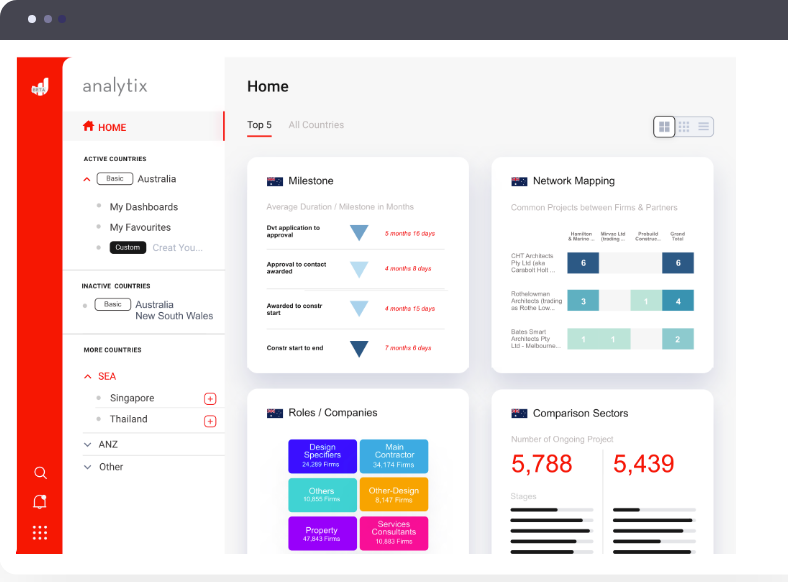Stop searching and start bidding
Find Tender Opportunities Now
Health & Medical
Cleaning Services
Trades & Subcontracting
Education & Training
Professional Services
Hospitality & FMCG
Construction
Civil
Plant & Machinery
Environmental
IT & Software
Hundreds More
Analysing the past to help you navigate the future
Analytix
Historical industry data analysis
Geospatial
Smart mapping and spatial analysis
Reports
Local and international economies and construction markets
Custom Research
Specialised analysis and tailored insights

Boost brand awareness and build your network
Archify
Products, projects and professionals
Education
Continuing Professional Development (CPD) and trainings
Events
Industry-leading exhibitions and awards
Publications
Prestigious, extensive and insightful media

How it all works

Why Subscribe to TenderSearch?
Cut costs
Save time
Daily notifications
Online dashboard
Simple and easy
Tailored to you
Local expert team
37 years of experience
Why choose TenderSearch when...
Trusted By Thousands of Sole Traders, SMEs and Corporates.

We can thank the excellent coverage of TenderSearch for the rapid growth of our business
SMG Health and its acquisitions have enjoyed a successful partnership with TenderSearch for more than 5 years. We can thank the excellent coverage of this service for the rapid growth of our business over the past few years, specifically in the Government sector.
Staff have been an absolute pleasure to deal with, and always ensure our needs and expectations are met. We have just signed on for another 12 months and are looking forward to continued success and growth.
Michelle Paulsen
Office & Program Manager
SMG Health
Not sure if TenderSearch is the right tender software for you?
Take it for a test drive and access free tender samples today!

